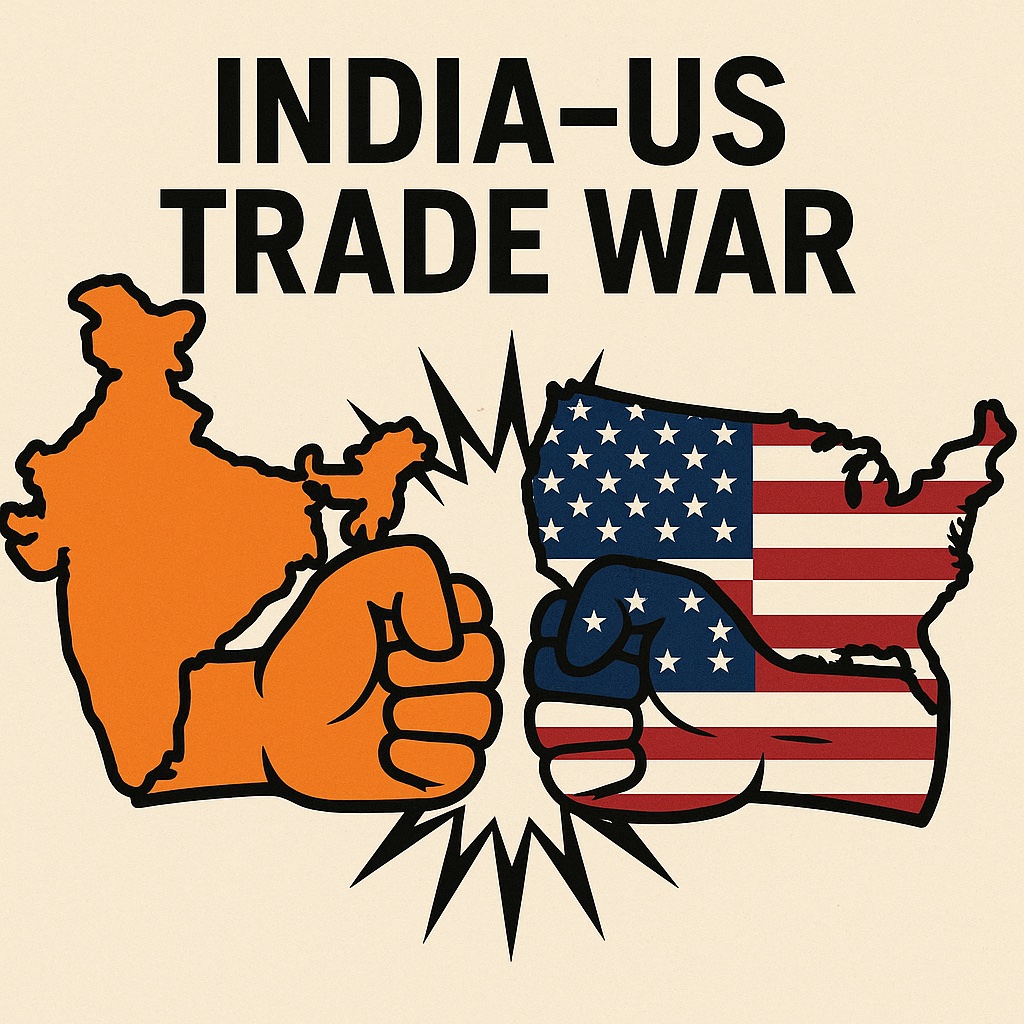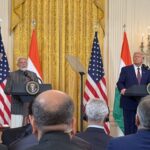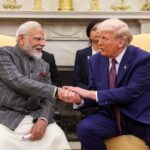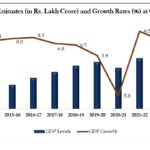India has mounted a firm and calculated response to U.S. President Donald Trump’s surprise announcement of a 25 per cent tariff on Indian imports starting August 1, 2025, vowing to safeguard national interest and resist any pressure tactics aimed at forcing trade concessions.
Speaking in both Houses of Parliament on July 31, Union Commerce and Industry Minister Piyush Goyal condemned the move, calling it a unilateral step that runs counter to the spirit of ongoing negotiations between the two countries. Goyal also pushed back against Trump’s remarks calling India a “dead economy,” declaring instead that “India is the fastest-growing major economy in the world.”
“We Will Take All Necessary Steps”: India Responds
“The Government is examining the implications of the U.S. tariffs and is consulting all stakeholders—farmers, exporters, MSMEs, and industry,” Goyal said. “We attach the utmost importance to protecting and promoting the welfare of our people. We will take all necessary steps to secure and advance our national interest.”
His remarks came a day after President Trump took to his social media platform Truth Social, announcing not only a 25 per cent tariff on all goods coming from India but also an unspecified “penalty” targeting India’s continued energy and defense ties with Russia. “I don’t care what India does with Russia. They can take their dead economies down together, for all I care,” Trump said.
Strategic Autonomy and Economic Resilience
Minister Goyal, in a strong rebuttal, underscored India’s decade-long transformation from a member of the so-called Fragile Five economies to one of the top five global economic powers. “India has risen from the 11th largest to a top-five economy. It is expected we will be the third-largest in a few years,” he said, pointing out that India currently contributes nearly 16 per cent to global growth.
India’s policy of strategic autonomy, Goyal noted, is deliberate and deeply rooted in national interest. “Neutrality is not passivity,” he said. “India’s self-reliant path means we will never bow to coercion, even as we remain open to mutually beneficial partnerships.”
No Trade Capitulation: India to Stay Firm on Key Red Lines
The U.S. tariff announcement comes even as both sides are in the middle of negotiating a bilateral trade agreement (BTA), with a sixth round of talks set for August 25. India began negotiations in March 2025, aiming to conclude the first phase by October–November. While the U.S. is pushing for greater access to Indian agriculture and dairy sectors, Goyal made it clear that India will not offer duty concessions that undermine domestic livelihoods.
Instead, India is seeking duty relief from the U.S. on labor-intensive sectors such as textiles, gems and jewelry, and auto parts. The goal: to more than double bilateral trade from $191 billion to $500 billion by 2030.
“The government is committed to inclusive growth and development towards Viksit Bharat 2047,” Minister Goyal said, referencing India’s vision of becoming a developed economy by its centenary of independence.
Analysts See Mild Growth Impact, Political Ramifications
Economic research firms, including Nomura and Goldman Sachs, have estimated a potential 0.2 to 0.4 percentage point drag on India’s GDP growth if the tariffs persist. Sectors such as pharmaceuticals, textiles, auto components, and engineering goods are expected to bear the brunt, with Indian exporters absorbing 30–50% of the tariff cost, especially in price-sensitive markets like generic drugs and apparel
However, the government may offer relief measures to offset the pain. “We anticipate targeted support for MSMEs through export credit, RoDTEP incentives, and working capital relief,” said an official familiar with the matter.
India’s rupee, which has weakened slightly following the tariff announcement, may also help exporters by improving competitiveness in rupee terms. The Reserve Bank of India is now more likely to cut policy rates in the coming months to buffer against demand shocks, according to analysts.
Long-Term Strategy: Diversify Trade, Reduce Dependence
The Minister pointed to India’s expanding network of free trade agreements (FTAs) with countries such as the U.K., U.A.E., Australia, and the EFTA bloc, saying the government is committed to securing similar pacts with others to reduce reliance on any single market.
“In an increasingly protectionist world, we are securing India’s future through trade diversification and domestic manufacturing,” he said, adding that India is building itself as a manufacturing hub under the Make in India initiative.
Trump’s punitive move, which he described as retaliation against India’s “high tariffs” and “obnoxious trade barriers,” is being widely interpreted as a pressure tactic. Experts suggest the tariff is not a final act but part of Washington’s negotiating playbook.
Still, Minister Goyal was categorical. “India has done nothing to warrant this treatment. We are open to fair trade, not to coercion,” he said.






